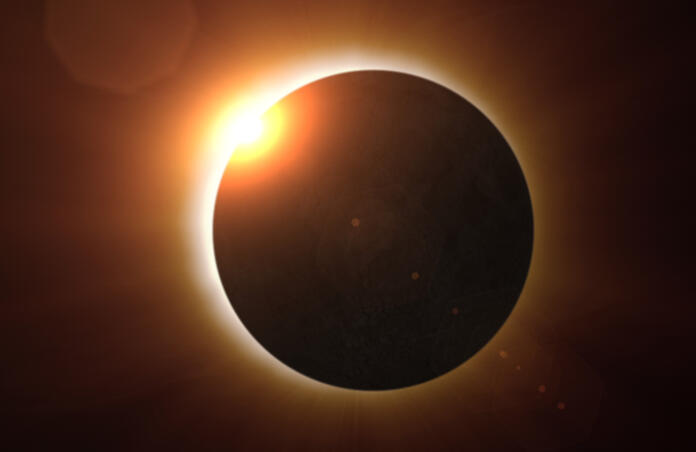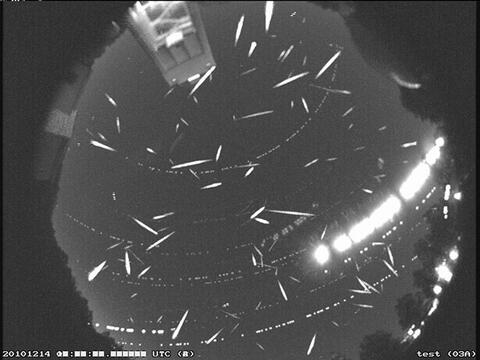Top 3 Astronomical Events to Check Out in 2020

With a large variety of astronomical events happening this year, from supermoons to meteor showers to eclipses, 2020 is going to be an incredible time for astronomy enthusiasts around the world. While there are dozens of events to look out for this year, here are three we highly recommend checking out.
April 8th: Full Moon Supermoon

A full moon supermoon is simply a description for when the moon is at its closest point to Earth in its monthly orbit, known as its perigee. On the 8th of April, the moon’s distance from the Earth will be 221,851 miles (357,035 km) and will be brightly illuminated, providing a spectacular viewing experience. There are a total of four full supermoon events this year, but this one, in particular, will be the brightest of all! If you're an astrophotographer, this is an especially excellent time to capture vivid and crisp images of the moon.
December 14th: Geminid Meteor Shower (Worldwide)

The Geminid meteor shower is well-known as one of the best meteor showers one can experience on Earth, and it’s viewable worldwide. Discovered in 1982, this annual meteor shower often displays up to 120 meteors per hour, each capable of displaying a wide variety of spectacular colors as they streak across the sky. Peak meteor activity begins the night of the 13th and continues into the morning of the 14th. Many of the meteors originate from the Gemini constellation, but they are typically viewable anywhere.
If you’re interested in discovering more dates and times for meteor showers, the American Meteor Society keeps a wonderfully detailed calendar of the events.
December 14th: Solar Eclipse in Chile and Argentina
With the Geminid meteor shower happening the same day, people living in southern South America will experience a double dose of amazing astronomical events this year. There are a variety of eclipses happening this year, both lunar and solar, but this is the only total eclipse. Most of them are only partial eclipses, with only a small portion of the sun hidden away. The total eclipse will only be visible from parts of southern Argentina and Chile, the rest of the country will only be able to see a partial view.
Main image credits: NASA
